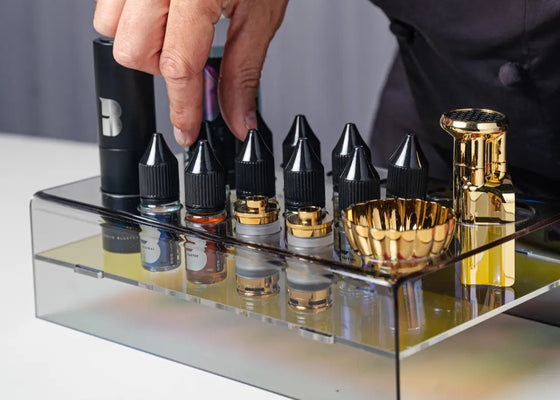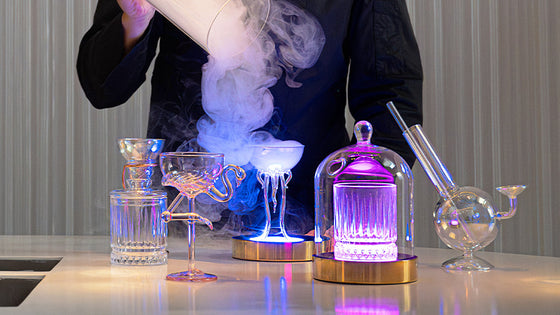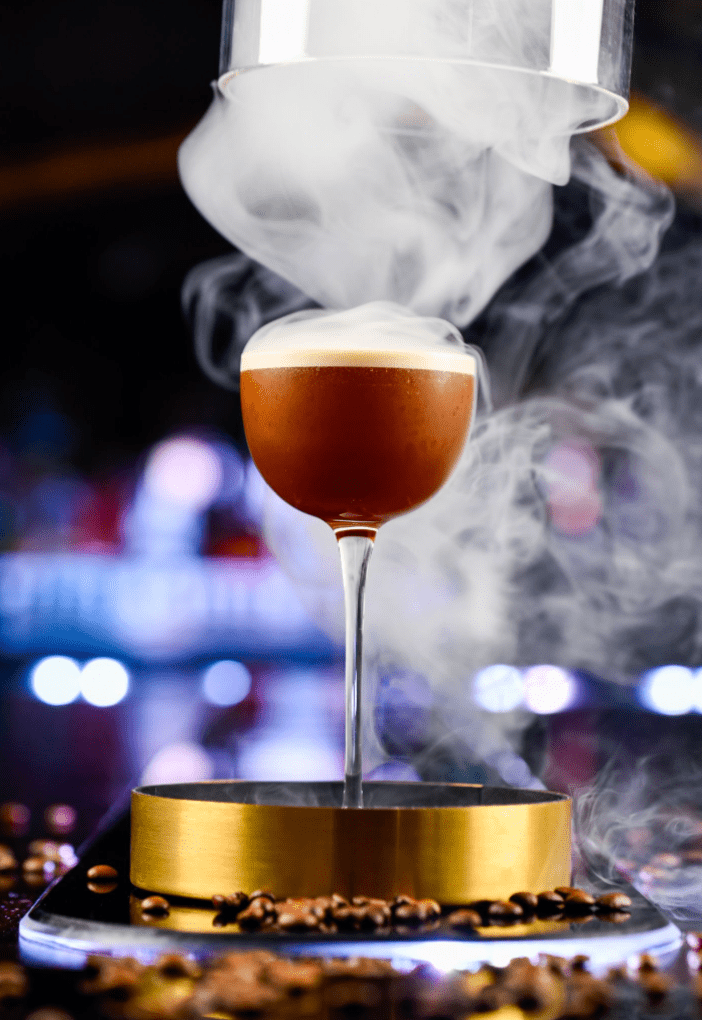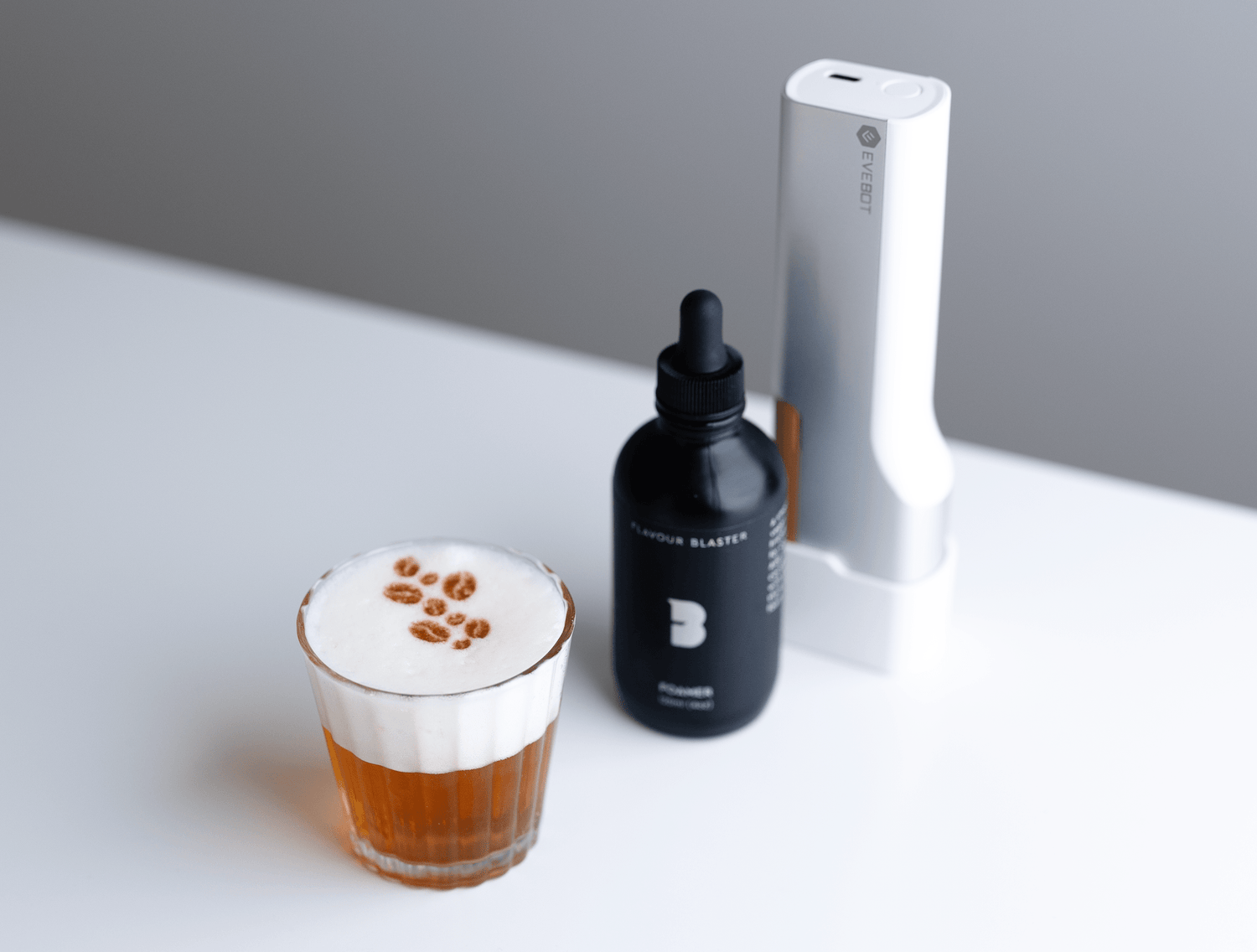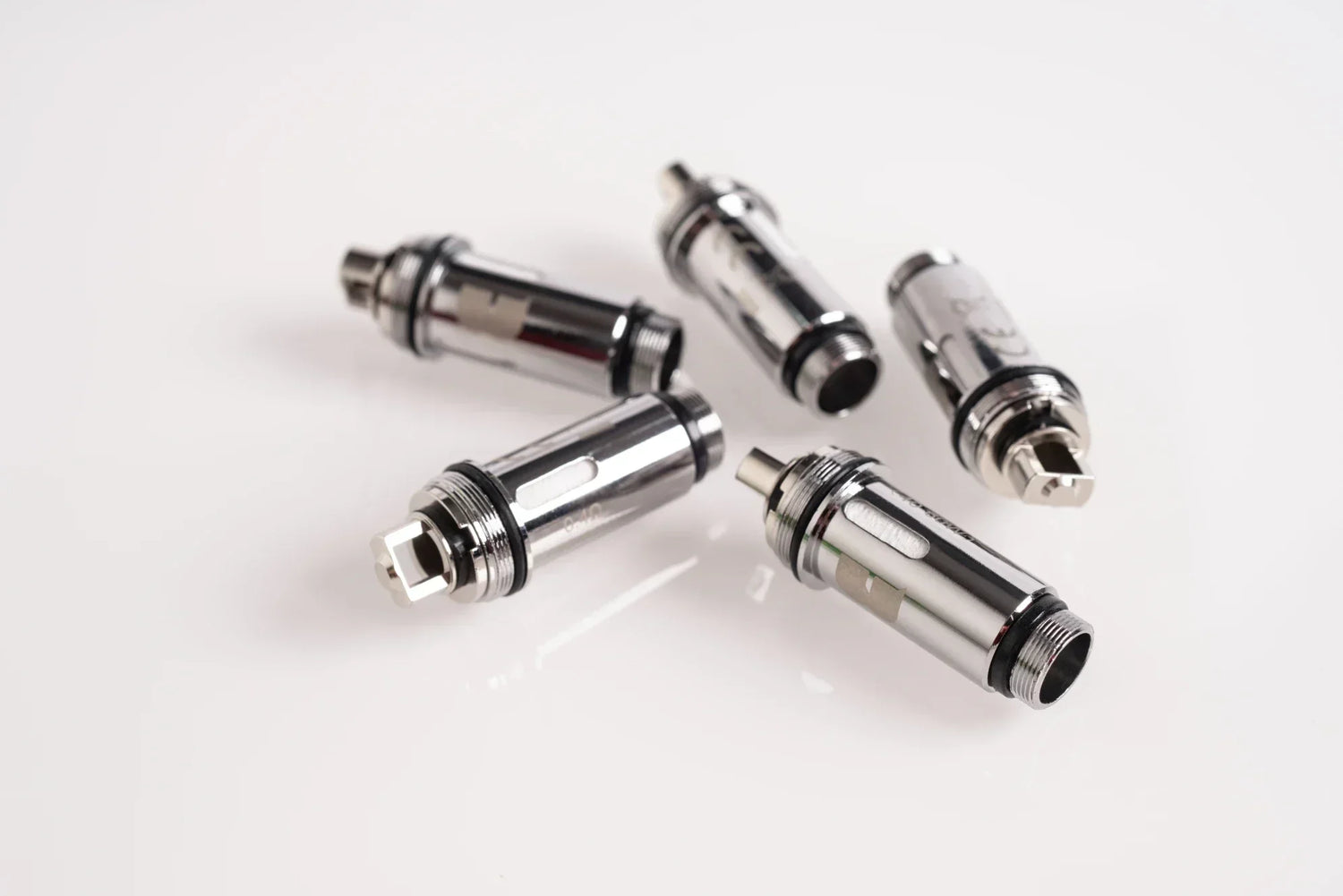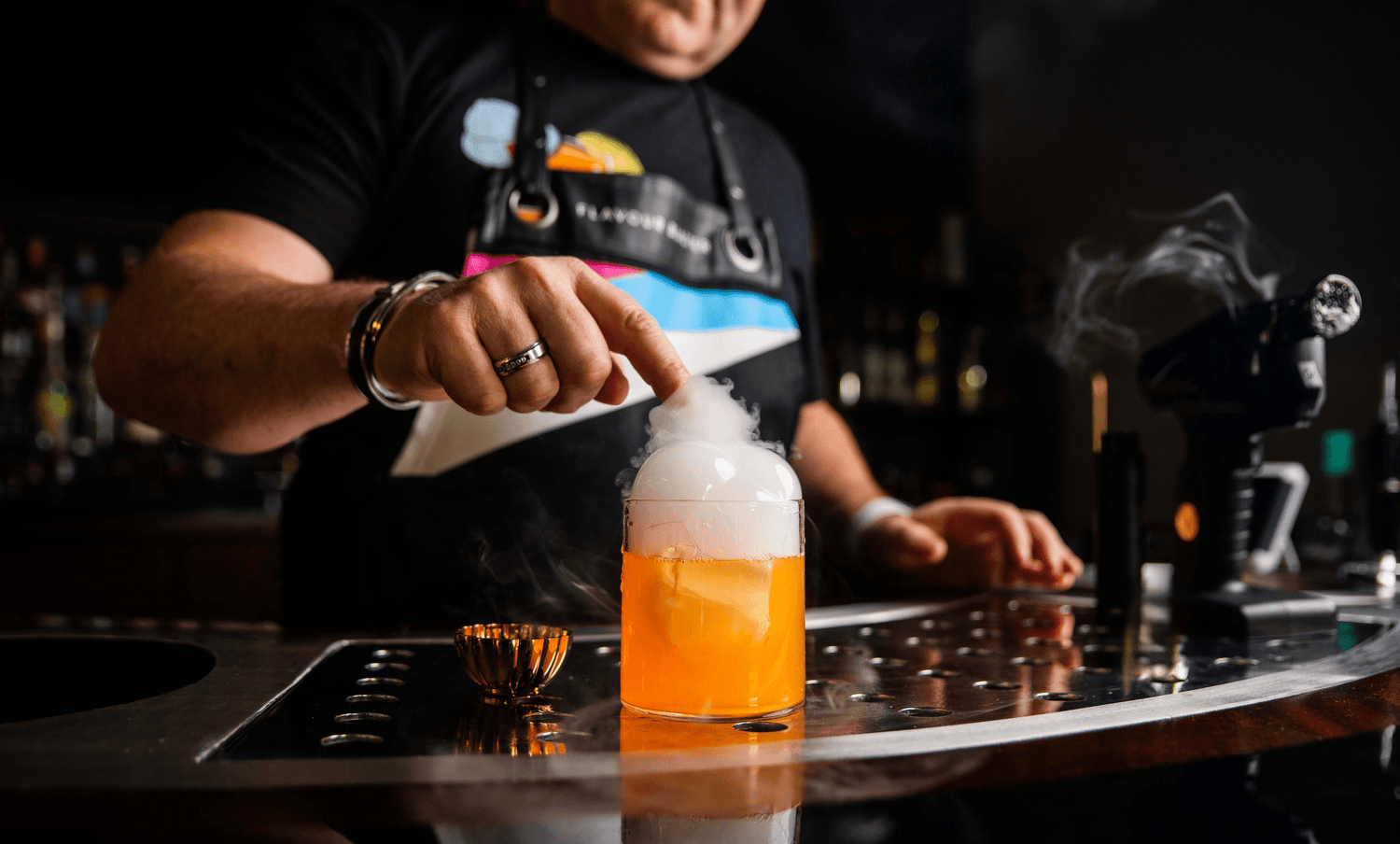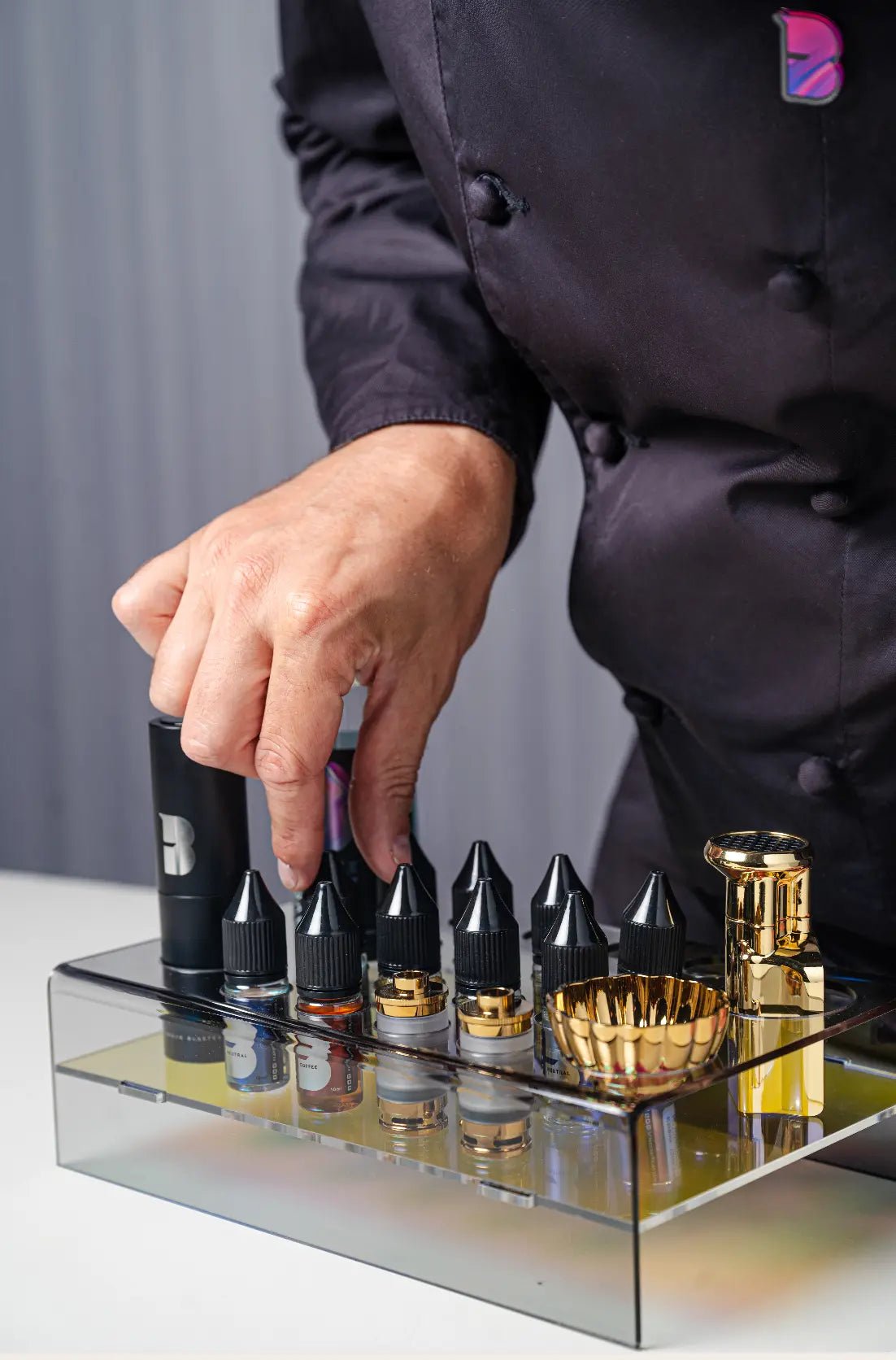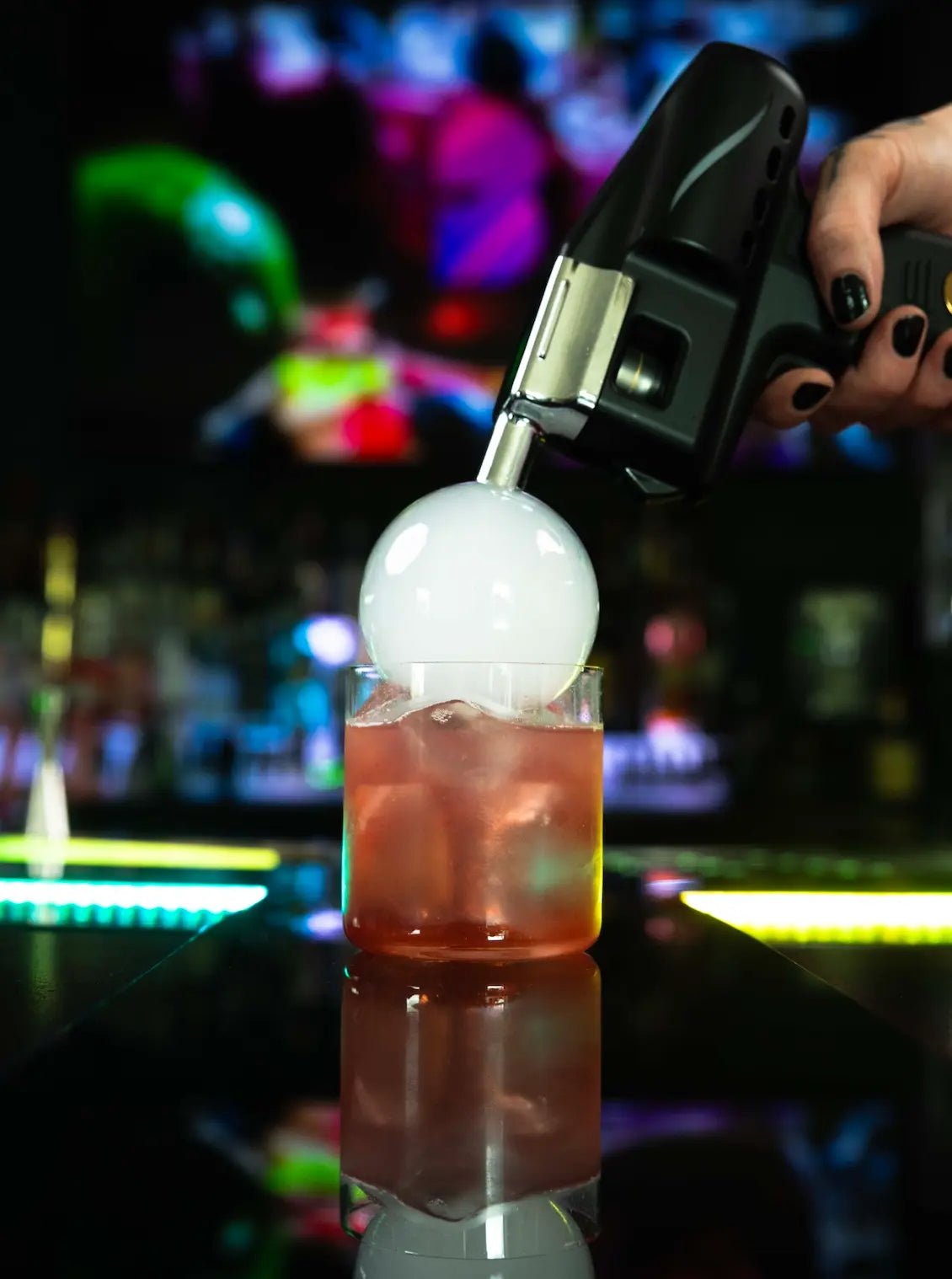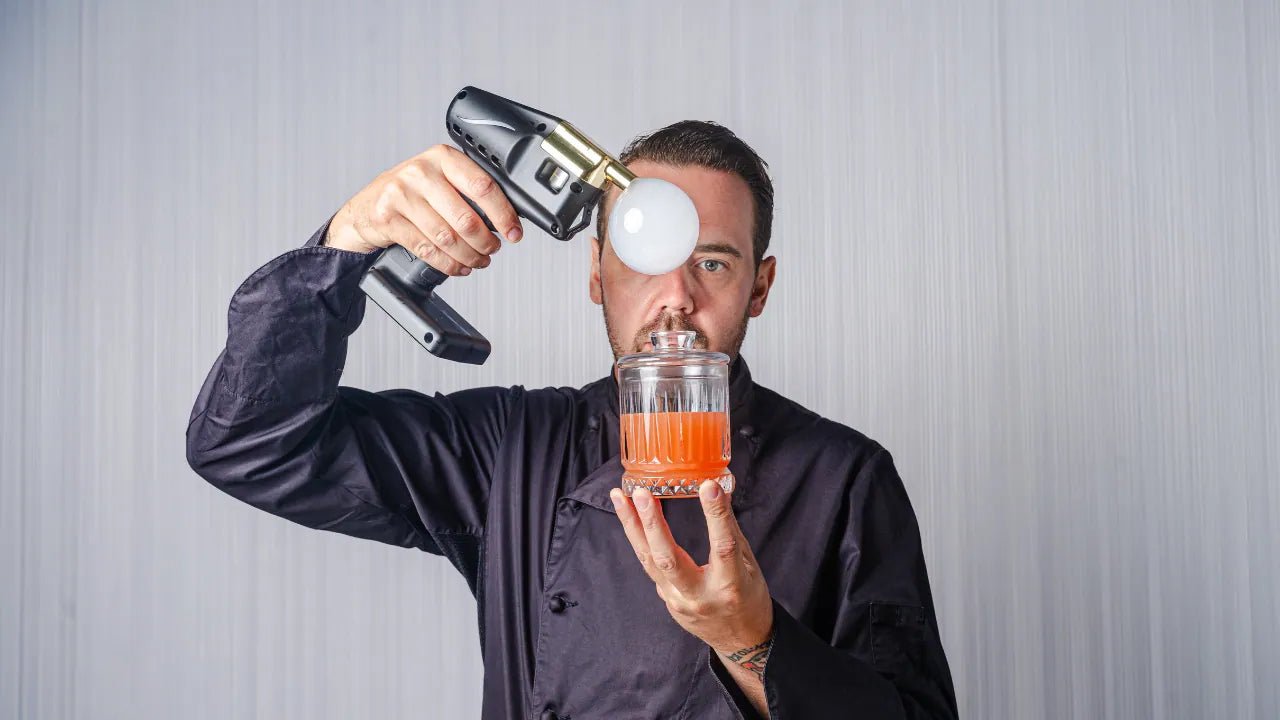Warm Cocktails for Crisp Autumn Nights
What's the first image that comes to mind when you say the word cocktail? Probably an ice-cold martini glass, right? But before the industrial revolution, very few people had access to ice, and mixed drinks were more often than not served warm. So there's a plethora of hot cocktail classics out there to be discovered. There are still some famous examples like the Hot Toddy, perfect if you're feeling under the weather, or the Irish Coffee, a great sundowner and eye-opener in one. Then, of course, there's our seasonal favourite; mulled wine. Here are some less common classics to learn and try.

Classic Hot Cocktail Recipes
The practice of spicing wine dates back to ancient Egypt, around 3150BC, where wine was flavoured and drank as medicine. Now there are plenty of country, or continent-wide heritage serves. Glüwein's popularity has expanded due to the exported tradition of the German Christmas Markets. The only real difference between it and our British equivalent is the type of wine and spices you use. Swap out allspice for star anise and citrus peels for vanilla for a Teutonic twist on your usual recipe. Head to Württemberg to find juicy German reds to use as your base wine. The region has the country's highest per-capita wine consumption, but you may have never heard of it because the locals drink "all but a small trickle," as Frank Schoonmaker wrote in The Wines of Germany, 1956. Add the juice of an orange for the classic cloudy appearance and offer it to your guests' mit Schuss': adding a shot of warming Christmas spirit like brandy, rum or schnapps.
Looking to expand your repertoire? Try Glögg, Glögi and Gløgg from the various Scandinavian countries.
Smoking Bishop
Charles Dicken's writes of a wine punch known as a Smoking Bishop in his timeless holiday classic, A Christmas Carol.
"A merrier Christmas, Bob, my good fellow, than I have given you, for many a year! I'll raise your salary, and endeavour to assist your struggling family, and we will discuss your affairs this very afternoon, over a Christmas bowl of Smoking Bishop, Bob!" — Scrooge to Bob Cratchit.
This Smoking Bishop reflects the fashion amongst English drinkers to push the boundaries of spiced wine in the 18th and 19th centuries. When this book was published in 1843, there was a whole range of warm wine punches named in light-hearted fashion after ecclesiastical positions in the Catholic church. There was the Smoking Cardinal, the Smoking Bishop and the Smoking Pope, which contains the highly taxed and therefore very expensive Burgundy.
To make a Smoking Bishop:
- Stud three Seville oranges with five cloves each and roast them at 180 degrees in the oven.
- Add 30g of Demerara sugar with half a bottle of medium-bodied French red wine and half a bottle of ruby port to an oven dishpan with the oranges and two tablespoons of stem ginger syrup.
- Cover and leave all the ingredients in the cooling oven for 24 hours.
- Remove the fruit and squeeze the juice into the wine mixture.
- Strain the whole lot to remove any solids and warm along with a cinnamon stick and two cardamon pods on the stove ready to serve.
Grog
Grog is similar to the Hot Toddy in that it is heated using the addition of boiled water. This stems from necessity—freshwater stored in wooden barrels used to go stagnant aboard long ship journeys. Therefore, Pursers (the clerk of the ship's Bursar) would apportion rum instead of water for sailors to drink. If you were in the British Royal Navy, between 1655 and 1970, you would receive a 'daily tot.' Around noon, a call of "Up Spirits!" would ring out — a signal for all men to gather on deck to receive their rations. This could cause problems, however. Drunkenness and naval weapons don't mix well, for example. So in 1740, Admiral Edward Vernon introduced a watered-down rum mixed with sugar and lime juice. He split the usual single ration of one pint into four daily quarter pints served 4:1 with boiled water.
You can serve this drink cool or warm, but if you go with hot water, try swapping out the Demerara sugar for honey as it soothes as well as sweetens.
Mix three spoons for Demerara sugar or honey, 30 ml of dark navy style rum and 10 ml each of fresh lime juice and hot water.
Flip
The Flip is said to have kick-started the cocktail industry. It was a popular drink in English and American colonial taverns until the beginning of the 19th century. A mix of mulled ale, brandy or rum, sugar and spice, grated nutmeg and eggs, each tavern developed its own variations on the recipe in a war to win over drinkers.
Ale was heated with spices over an open fire, then 'flipped' between two jugs to mix in the other ingredients. A type of poker, called a loggerhead, was heated in the heart of the hearth fire until it glowed then plunged into the mixture to give a caramel-like burnt flavour.
Here's a traditional recipe:
To make a quart of Flip:— Put the Ale on the fire to warm, — and beat up three or four eggs with four ounces of moist sugar, a teaspoonful of grated Nutmeg or Ginger, and a quartern of good old Rum or Brandy. When the ale is near to boil, put it into one pitcher, and the Rum and Eggs, &c. into another;— turn it from one pitcher to another till it is as smooth as Cream. — The Cook's Oracle (1822)
Blue Blazer
Finally, we get to the beginning of the modern-day cocktail as we know it. This drink was the signature pour of the gentleman bartender Jerry Thomas. He penned the first known cocktail book and therefore was at the forefront of the cocktail revolution. This drink was the first to become famous not for the ingredients but the method. So spectacular as it was to see Mr Thomas toss the flaming liquid from cup to cup, the flames lighting up the dimmed barroom like pyrotechnics at a stadium concert.
First, you need two blazer mugs, which are essentially a smaller style of metal beer tankard. Preheat them by giving them a bath in boiling water, then add 120 ml of Scotch whisky to one mug and 120 ml of boiling water to the other. Ignite the whisky with a long match while pouring it into the water. Then toss the ingredients back and forth between the mugs, attempting to increase the distance between them as you go. Ideally, a long stretch of the blue flame should flicker in front of you as you do this. When you've reached your full wingspan, extinguish the flame by placing the empty mug on top of the full one. Pour the contents into a glass and sweeten with powdered sugar (icing sugar or pestle and mortar ground sugar).
A word to the wise, practise the tossing action before trying it with expensive whisky on fire.

